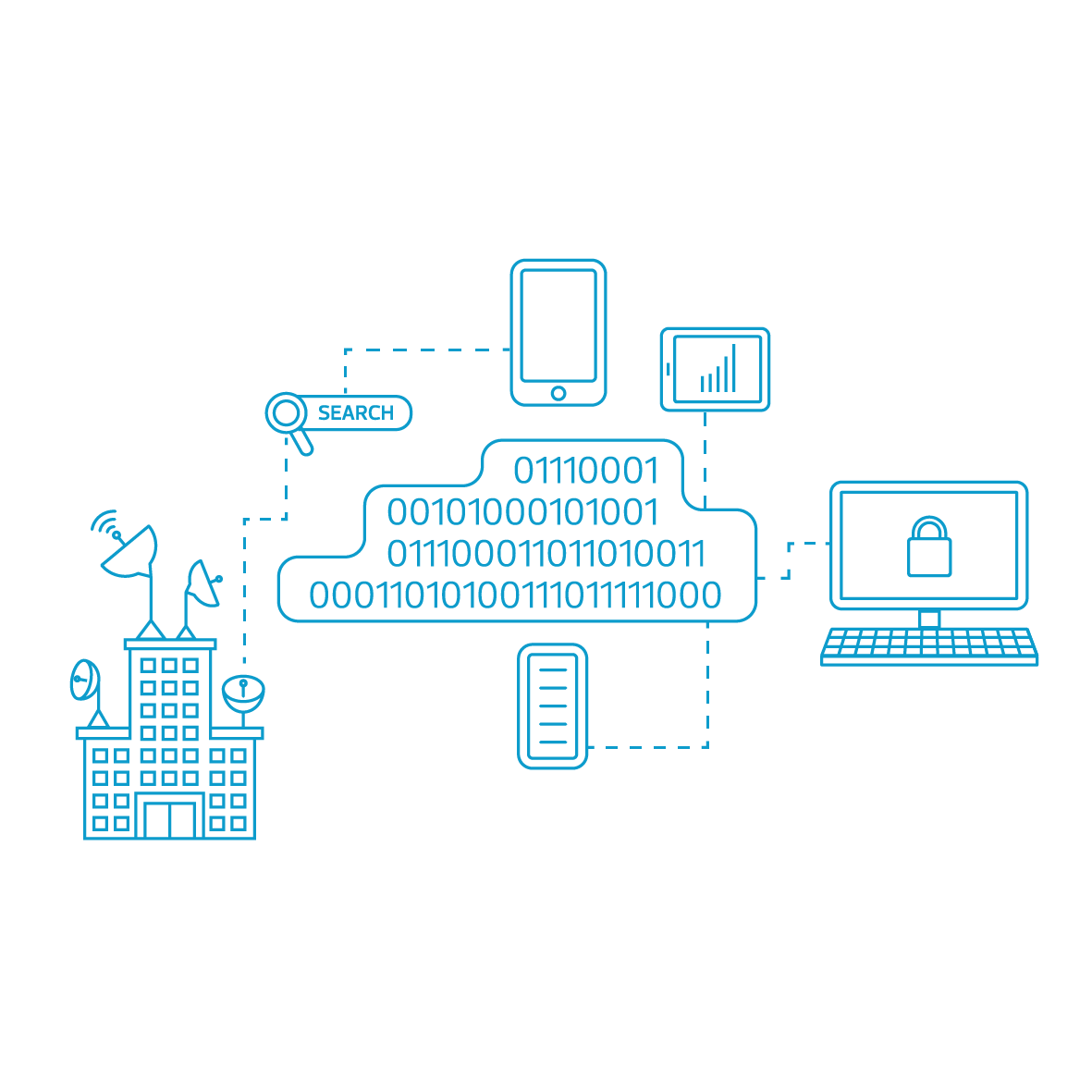Digital. Fintech. Open Banking. Just a few of the buzzwords currently floating around in the banking industry.
In the many articles written about these topics over the last year, we have seen just as many statistics that support one view or the other – often convincing and contradicting at the same time.
and contradicting at the same time.
As we work with financial institutions across the country, we have heard a few myths we would like to “bust” for you. The below facts have been supported by both statistics, by the personal interactions we have had with banks and credit unions, and with what we have experienced as consumers ourselves.
![]()
banking industry Myth #1: Only young generations want to have digital capabilities at their financial institution.
Incorrect
Statistics from consumer surveys show that Baby Boomers through Gen Z all want more digital capabilities, the difference being the capabilities they are most interested in using.
Baby Boomers tend to pay more formal bills than other generations, so the capability to do this online is higher on their list of interests along with the ability to transfer funds and schedule payments from account to account.
A recent survey from BAI in 2019 showed that when asked if they would like to open a deposit account online, Baby Boomers responded “yes” 4 out of 10 times.
Millennials and Gen Z have greater interest in more complex capabilities such as budgeting and personal financial management tools. Statistics have yet to show conclusively that they are using digital features holistically more than other generations on a consistent basis. If you believe this myth at your institution, look at your per-click data between all online and mobile banking features, and sort by generation. You may be surprised.
 banking industry Myth #2: I only need to focus on retail digital banking capabilities, not business.
banking industry Myth #2: I only need to focus on retail digital banking capabilities, not business.
Incorrect
Most recent statistics show that this is one of the biggest gaps between capabilities provided by institutions and capabilities desired by users.
Research by J.D. Power found that small businesses are using mobile banking more and more, seeing an average 8% increase each year of the number of small businesses that use their institution’s mobile app.
The adoption by small businesses to use mobile banking has now outpaced consumers. Separate research done by BAI in 2019 showed the other side to this story – most small businesses still must go into a branch to open an account with their institution of choice. When asked their preference, 70% said they would rather do it online.
 banking industry Myth #3: If I want to be seen as a “digital” institution, I just need to invest in mobile banking.
banking industry Myth #3: If I want to be seen as a “digital” institution, I just need to invest in mobile banking.
Incorrect
While that may work well for small businesses as noted above, the generations research quoted for myth #1 shows us that digital needs vary greatly between generations. Younger generations (Z and Millennials) state their biggest desire is to have faster payments and quicker transfers, followed by assistance with investing and saving.
When looking at the needs of Gen X and Boomers, their biggest desire is to have better fraud and ID theft assistance. Based on just these few, generalised needs, we can see mobile banking is a piece of the puzzle; however, a digital strategy for any institution should also include payments, fraud and ID theft management, and savings/investment assistance.
 banking industry Myth #4: With all these statistics provided through consulting groups and other media channels, I have what I need to build out a digital strategy.
banking industry Myth #4: With all these statistics provided through consulting groups and other media channels, I have what I need to build out a digital strategy.
While you could do that, it is not what we recommend.
The most important factor in building your digital strategy is listening to your customers and your data.
When considering further development of a digital strategy, ask:
- Your representatives – what are they hearing every day from consumers?
- Your loan officers – what are businesses saying as the reason for choosing another institution?
- What does your data tell you?
The repository of information your institution has within your core is the key to knowing how your customers are really using your features. Armed with that information, you can build out a strategy to improve those features used most often and promote those not being used.
This article was adapted from The myths of digital for community banks published in RSM US on 17 January 2020.

